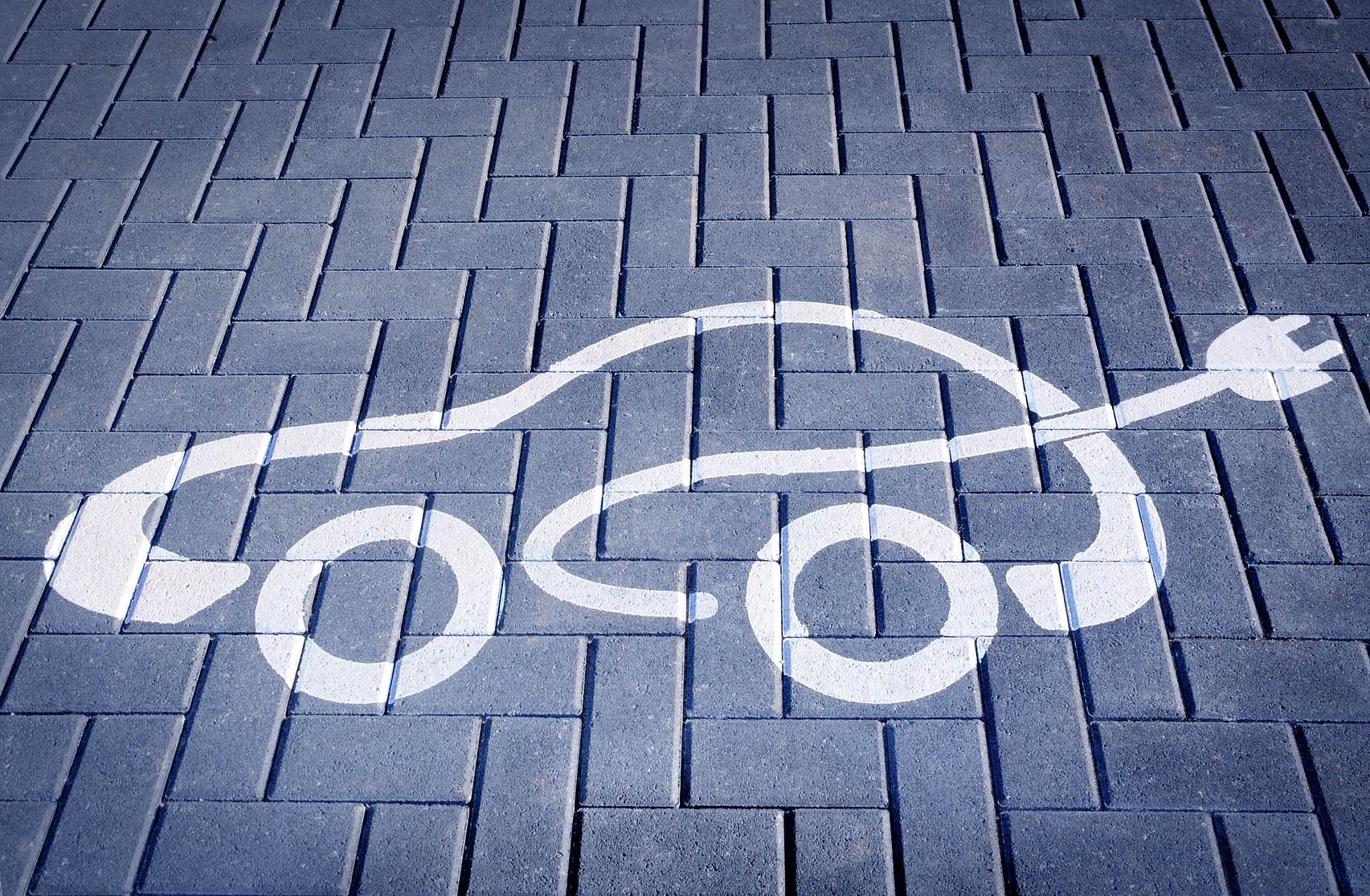What’s holding big-time migration to EVs in India?
'If the government is keen to see the e-vehicle population grow fast, it is imperative that the top 50 cities in india are well populated with charging stations.'
Electric vehicles have transformed the way people now commute in many cities around the world. Back home, we are quite aware as to why, especially city commuters, need to migrate to electric two-wheelers. And now we even have a good policy in the form of ‘National Electric Mobility Mission Plan 2020’ to incentivise adoption of green vehicles along with robust domestic manufacturing capability to meet present and future demands. Still, the big-time migration to green transportation has been eluding us. Why?
The answer largely lies in three great inadequacies. One relates to the lack of charging infrastructure and the other remains lack of easy access to institutional finance for purchase of electric vehicles. Also, as migrating to new technology, howsoever good, is never a seamless thing, government and institutions at various levels need to incentivise people to adopt green solutions. At times, they also need to push people a bit.
As regards infrastructure, have you seen any e-vehicle charging station in popular office areas or in residential colonies in India, despite the fact that it is very easy to set up a charging station? Electric two-wheelers are also very convenient to charge. They can be charged from traditional wall outlets and often have a removable battery, allowing them to be charged indoors. But to get a charge, they still require charging stations which have to be located at convenient points. As most houses in Delhi (and other key Indian cities) are multi-storeyed, it would make tremendous sense to have charging stations at community centres and marketplaces in residential areas as also it would be beneficial to have charging stations at every parking lot in office precincts.
THE IMPORTANCE OF A CHARGING INFRASTRUCTURE

If the government is keen to see the population of e-vehicles grow fast, then it needs to focus its attention on providing infrastructure support.
This will involve setting up charging stations at multiple points and convenient locations in at least the top 50 cities of India, where there is great potential for large-scale migration to electric vehicles. Unless a city is well populated with charging stations, people will be reluctant to migrate to electric vehicles. These charging stations can also become an additional employment generator.
Once the proper infrastructure is in place, we will witness a dramatic increase in the number of electric vehicles, just like the surge in voluntary migration to CNG vehicles happened when Delhi built adequate CNG stations after the 1998 Supreme Court directives.
Access to institutional finance for purchase of electric vehicles remains another impediment. Why banks continue to be reluctant to provide easy finance for achieving a much-desired national objective remains a mystery to me. A stiff government advisory to banks to change their attitude when it comes to financing of electric two-wheelers would be highly desirable. In fact, if there is one field where credit should be extended at zero interest rate, this is it.
Third, it would be highly desirable if, beyond symbolism, the government and institutions became a little more pro-active in adopting e-vehicles themselves. Can they start by converting a part of their fleet to electric and also start offering incentives to employees to migrate to electric vehicles? Also, the authorities at the state level can contribute their bit by directing all eateries and delivery agencies to compulsorily use e-vehicles.
Once we start getting used to seeing more and more e-vehicles on Indian roads, the rate of migration will speed up. We need to ensure – and rather fast at that – that more of the 20 million-odd two-wheelers sold in India every year sport the green tag. All that's needed for this to happen is for the government to provide the momentum.
Recommended: EV sales in India touch 22,000 in 2015-16
RELATED ARTICLES
Agentic AI Systems: Building Autonomous Solutions
Advanced artificial intelligence agents show capacity for adaptive responses in vehicles, aerospace, and infrastructure ...
India's Automotive Industry at the Crossroads of Nationalism and Globalization
In the dynamic landscape of India's automotive sector, the tension between globalization and nationalism is vividly appa...
Beyond Commute: Empowering People via Last Mile Mobility
Electric Vehicles Revolutionize India's Last-Mile Transportation by Empowering Students, Workers, and Small Businesses W...





 04 Apr 2016
04 Apr 2016
 12649 Views
12649 Views





 Angitha Suresh
Angitha Suresh




